Paediatric Orthopaedic Problems That Don't Need Treatments
Dr. Zaid Al-Aubaidi shares important advice on Paediatric Orthopaedic Problems in children...
28 December 2017
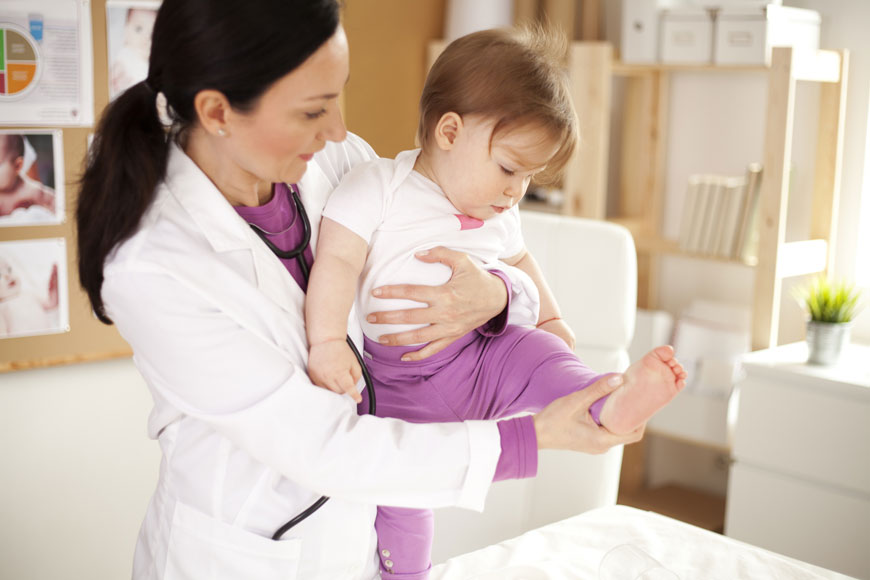
Does your child suffer from Paediatric Orthopaedic problems, and you're seeking medical help in Dubai? Hold on, his problem might not even need any treatment. Dubai-based Dr. Zaid adjusts the most common Paediatric Orthopaedic problems in children, and whether they need to be treated or not.
Patients in general that are about 0-18 years are in need of specific screening programs. The first screening programs should be pointed towards the importance of checking the hips of the child, especially if they have risk factors like a family history of some conditions like dysplasia of the hip (DDH) where the 'ball and socket' joint of the hips doesn't properly form in babies and young children, and can affect one or both hips.
Family history plays a significant role in diagnosing diseases and health conditions like scoliotic deformity. That’s why it’s very important to have screening programs and regular check-ups at the ages of 6-8, 10-12 and 15-17 years old, to ensure that such conditions won’t develop with time.
Picking up such conditions at an early age means higher chances of successful non-operative treatments and means. While diagnoses at a late stage would most probably need surgical intervention.
Some wrong practices like traditional swaddling or sitting newborns in a child safety seat when they’re not in full control of their necks yet might result causing them more harm than good.
Common Paediatric Orthopaedic Conditions That Don’t Need Treating
Some parents with ‘Worried Parent Syndrome’ might seek medical solutions for conditions that don’t need treatment in their children, such as: Flexible Flatfoot that does not need any treatment. In fact, some studies have shown that some treatments used to correct flexible flatfeet like special orthopaedic shoes have a negative impact on the final result.
Another condition that must not be treated is In-toeing where the feet are turned to the inside, which must probably is caused by the hips and the thigh bones being rotated a little bit. The only advice we would give the parents is not to let the child sit in a W position, but otherwise, the condition is nothing to worry about.
Bowed Legs or knees and Knock Knees are also normal conditions that some children have and do not need treatment. These conditions develop in the early stages of life (0-1.5 years). If a child is knock-kneed, it will be most evident when he or she is around 3 years of age, and will then gradually become less pronounced. By age 7, these children will have attained the normal adult amount of slight knock-knee — 5 to 9 degrees — which they will maintain throughout their lives.
Although you may be concerned about the shape of your child's legs, a slight degree of bowing or knocking is normal. That said, if your child has severe knock-knees or bowlegs, it's a good idea for a paediatric orthopedist in Dubai to take a look.

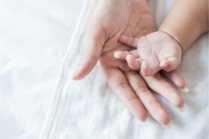




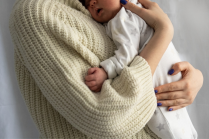




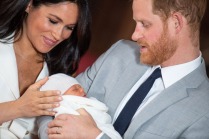
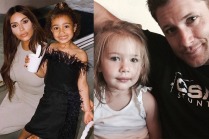







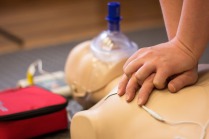



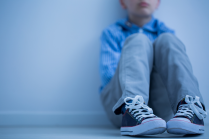
.png?itok=SvZPqMHH)

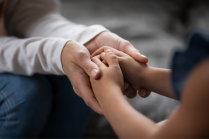


.png?itok=uB2ieOR7)












